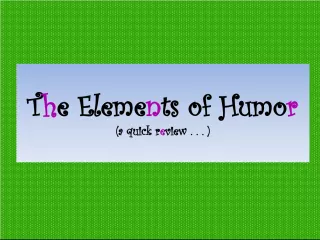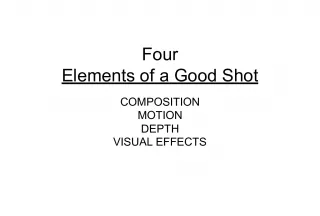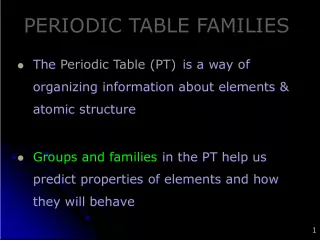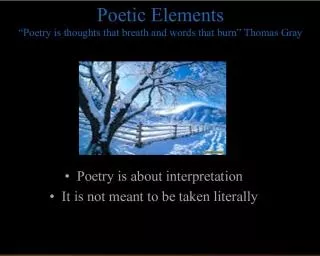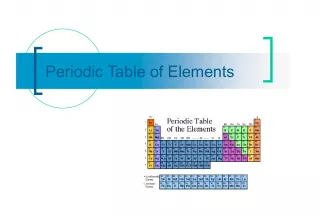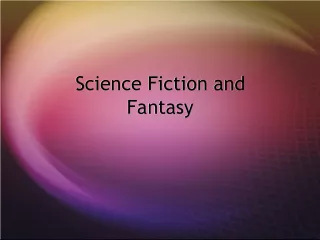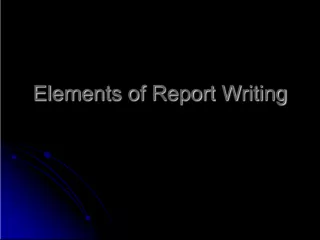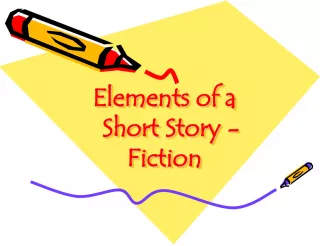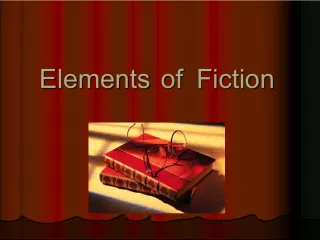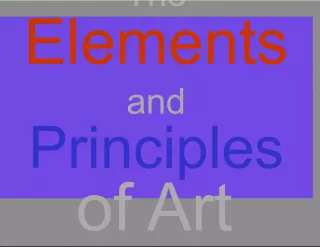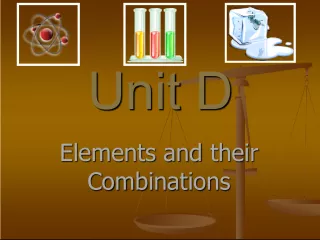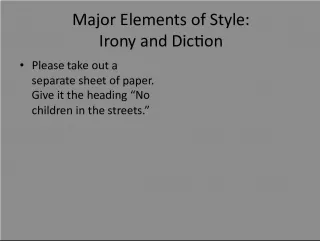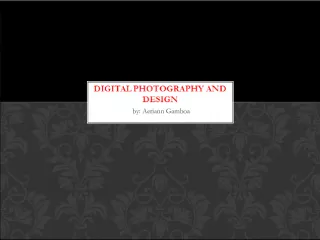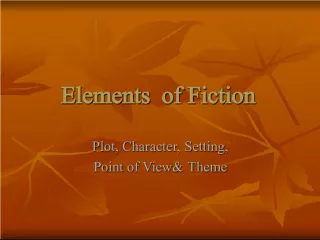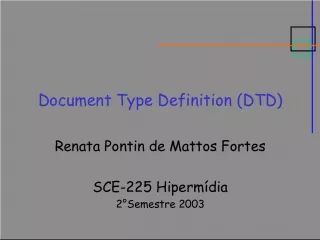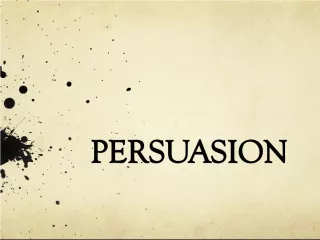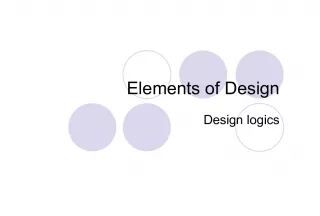Map Elements


In this activity, you will learn about the various elements that make up a map. These include important concepts such as latitude, longitude, the hemispheres, directions, time zones, scale, and map legends.
- Uploaded on | 1 Views
-
 terryharris
terryharris
About Map Elements
PowerPoint presentation about 'Map Elements'. This presentation describes the topic on In this activity, you will learn about the various elements that make up a map. These include important concepts such as latitude, longitude, the hemispheres, directions, time zones, scale, and map legends.. The key topics included in this slideshow are . Download this presentation absolutely free.
Presentation Transcript
Slide1Map Elements Map Elements August 31, 2010
Slide2In this activity you will: In this activity you will: Learn about the elements of a map: latitude, longitude, the hemispheres, directions, time zone, scale, and map legends. Learn about the elements of a map: latitude, longitude, the hemispheres, directions, time zone, scale, and map legends. Write a paragraph describing the parts of a map. Tell the function of each part in reading a map. Write a paragraph describing the parts of a map. Tell the function of each part in reading a map.
Slide3Latitude and Longitude Latitude and Longitude ► The earth is divided into lots of lines called latitude and longitude . ► The earth is divided into lots of lines called latitude and longitude .
Slide4LinesLines ► Longitude lines run north and south. ► Longitude lines run north and south. ► Latitude lines run east and west. ► Latitude lines run east and west. ► The lines measure distances in degrees. ► The lines measure distances in degrees. Latitude Longitude
Slide5Where is 0 degree? Where is 0 degree? ► The equator is 0 degree latitude. ► The equator is 0 degree latitude. ► It is an imaginary belt that runs halfway point between the North Pole and the South Pole. ► It is an imaginary belt that runs halfway point between the North Pole and the South Pole. Equator
Slide6Where is 0 degree? Where is 0 degree? ► The prime meridian is 0 degrees longitude. This imaginary line runs through the United Kingdom, France, Spain, western Africa, and Antarctica. ► The prime meridian is 0 degrees longitude. This imaginary line runs through the United Kingdom, France, Spain, western Africa, and Antarctica. P R I M E M E R I D I A N
Slide8HemispheresHemispheres ► By using the equator and prime meridian, we can divide the world into four hemispheres , north, south, east, and west. ► By using the equator and prime meridian, we can divide the world into four hemispheres , north, south, east, and west.
Slide10CompassCompass ► A compass is a tool that helps the user know what direction one is headed. ► A compass is a tool that helps the user know what direction one is headed. ► On a map, a compass or a compass rose helps the user locate these directions. ► On a map, a compass or a compass rose helps the user locate these directions.
Slide11Compass Rose Compass Rose ► The needle on a compass is magnetized to point to the earth's north magnetic pole. Thus with a compass, a person can roughly tell which direction they are headed. ► The needle on a compass is magnetized to point to the earth's north magnetic pole. Thus with a compass, a person can roughly tell which direction they are headed. ► There are four major or cardinal directions on a compass- north, south, east & west. In between are the directions northeast, northwest, southeast, southwest. ► There are four major or cardinal directions on a compass- north, south, east & west. In between are the directions northeast, northwest, southeast, southwest. ► Direction Quiz ► Direction Quiz Source: http://aerocompass.larc.nasa.gov
Slide12DirectionsDirections ► The cardinal directions are north, south, east, and west. ► The cardinal directions are north, south, east, and west. ► The intermediate directions are northeast, southeast, southwest and northwest. ► The intermediate directions are northeast, southeast, southwest and northwest. ► They help describe the location of places in relation to other places. ► They help describe the location of places in relation to other places.
Slide13ScaleScale ► Maps are made to scale; that is, there is a direct connection between a unit of measurement on the map and the actual distance. ► Maps are made to scale; that is, there is a direct connection between a unit of measurement on the map and the actual distance. ► For example, each inch on the map represents one mile on Earth. So, a map of a town would show a mile-long strip of fast food joints and auto dealers in one inch. ► For example, each inch on the map represents one mile on Earth. So, a map of a town would show a mile-long strip of fast food joints and auto dealers in one inch.
Slide14Scale
Slide15Time Zones Time Zones ► The Earth is divided into 24 time zones, corresponding to 24 hours in a day. ► The Earth is divided into 24 time zones, corresponding to 24 hours in a day. ► As the earth rotates, the sun shines in different areas, moving from east to west during the course of a day. ► As the earth rotates, the sun shines in different areas, moving from east to west during the course of a day. ► Places that have the same longitude will be in the same time zone. ► Places that have the same longitude will be in the same time zone.
Slide17Map Legends Map Legends ► The legend is the key to unlocking the secrets of a map. Objects or colors in the legend represent something on the map. ► The legend is the key to unlocking the secrets of a map. Objects or colors in the legend represent something on the map. Religions Legend
Slide18Can you understand this legend? Can you understand this legend?
Slide19Age Expectancy Age Expectancy Legend
